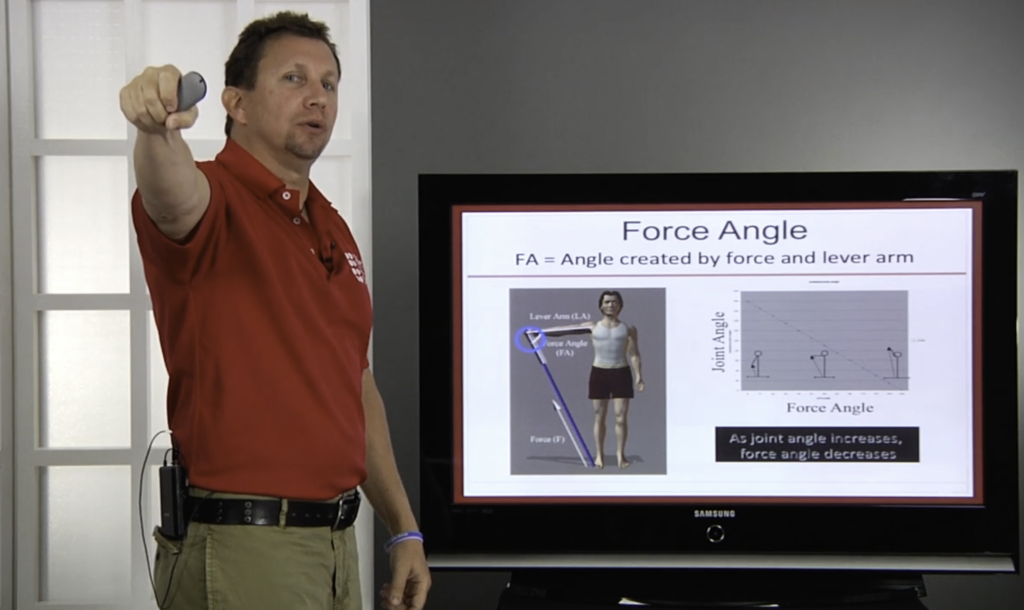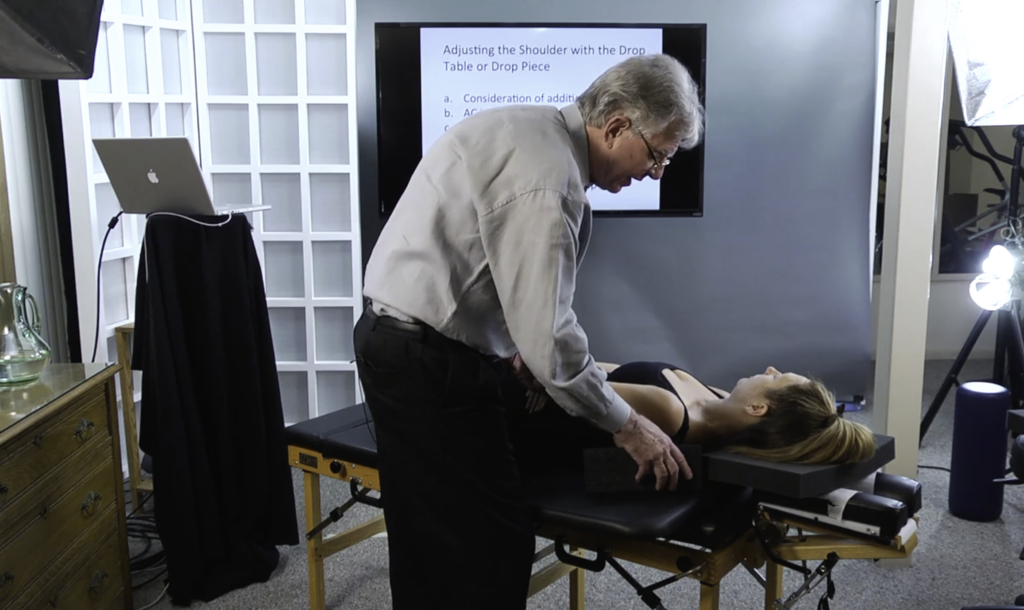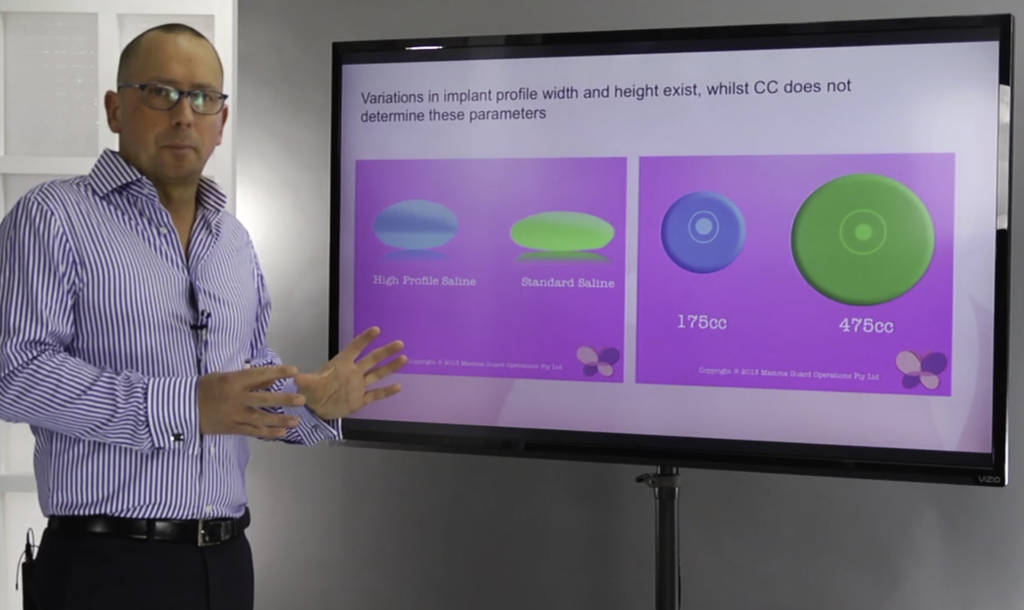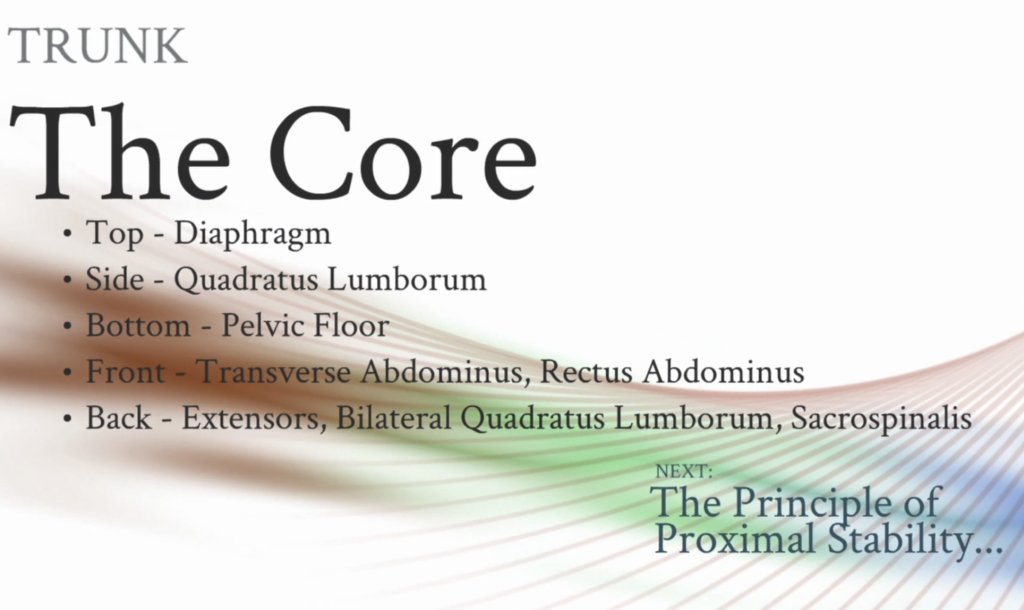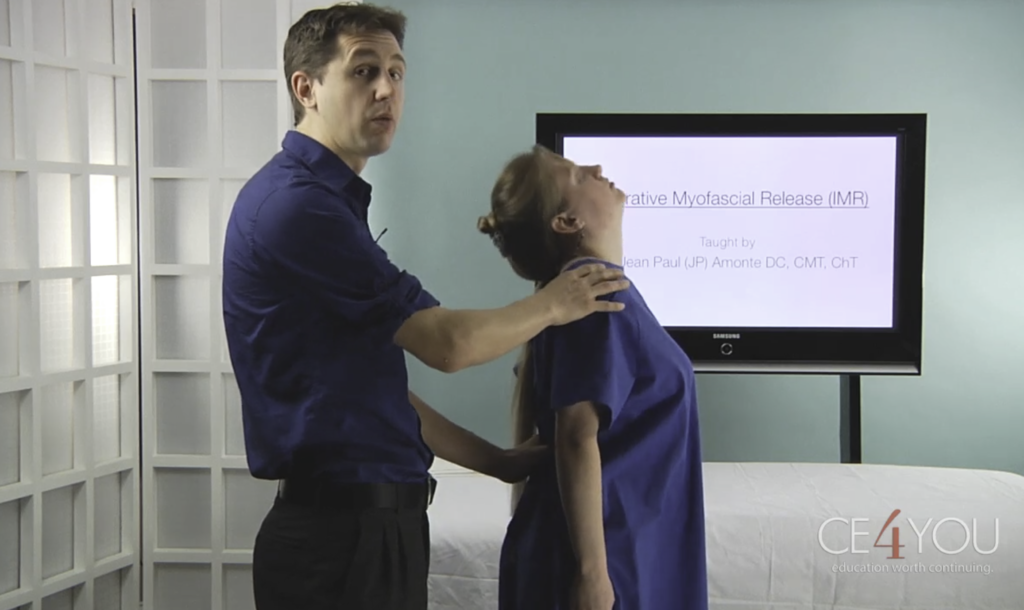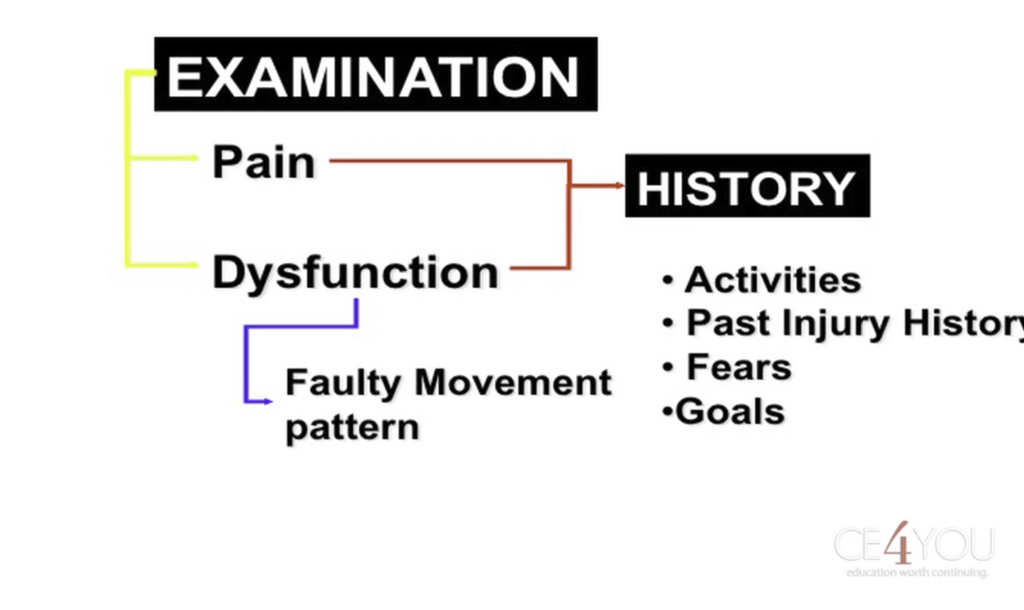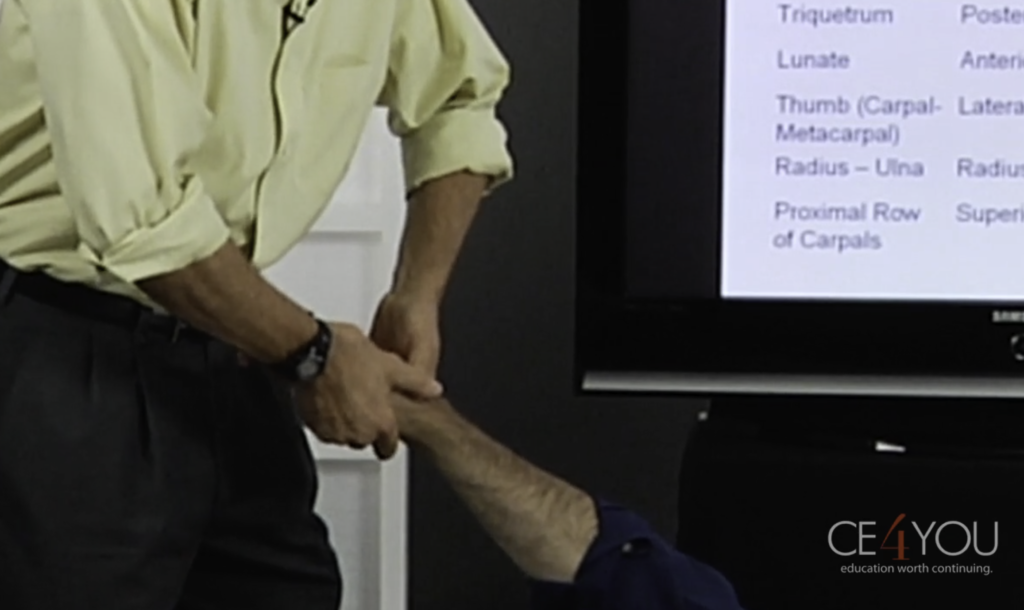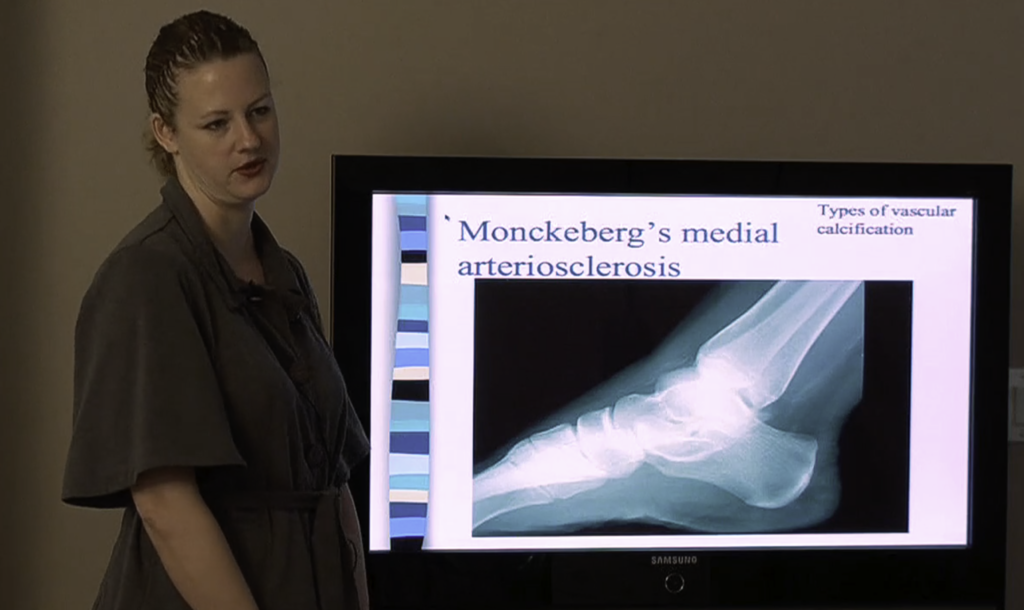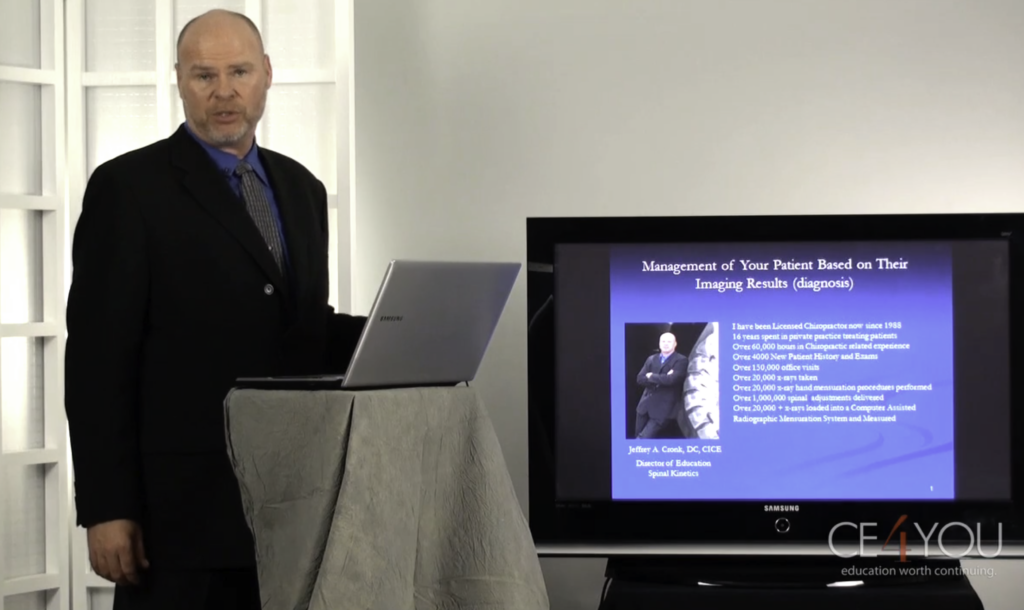Low Tech Rehab in Whiplash, Hour 4 of 4, Exercise Bands-Elastic Resistance Training
Dr. Jay Greenstein In this hour, Dr. Greenstein teaches a systematic approach to rehabilitation. First, he covers the steps needed to implement a rehabilitation program, including four considerations of exercise, muscles prone to weakness versus tightness, pain and inflammations effect on function, Joint integrity, mobility, ROM, muscle length, sensory, and reflex integrity. He also reviews […]
Low Tech Rehab in Whiplash, Hour 4 of 4, Exercise Bands-Elastic Resistance Training Read More »


